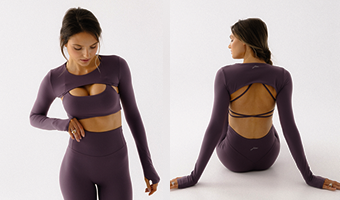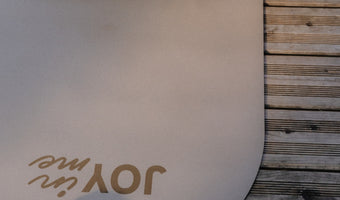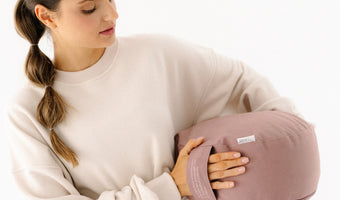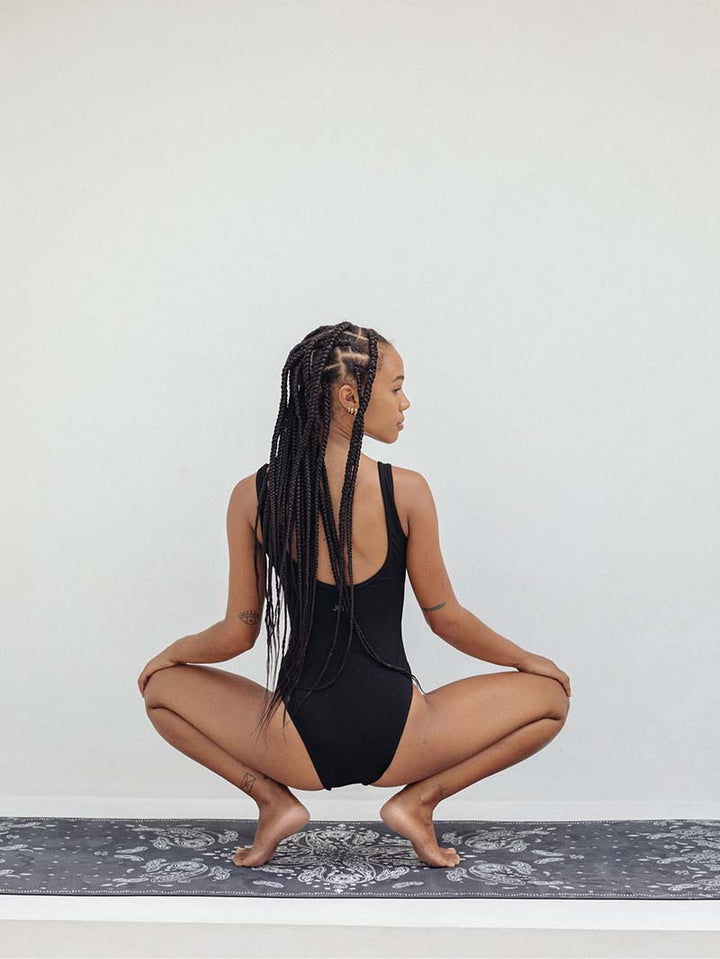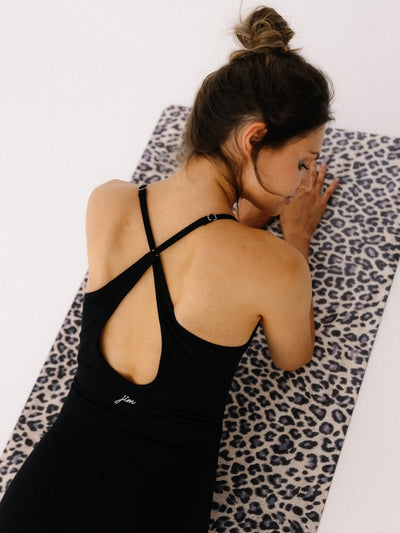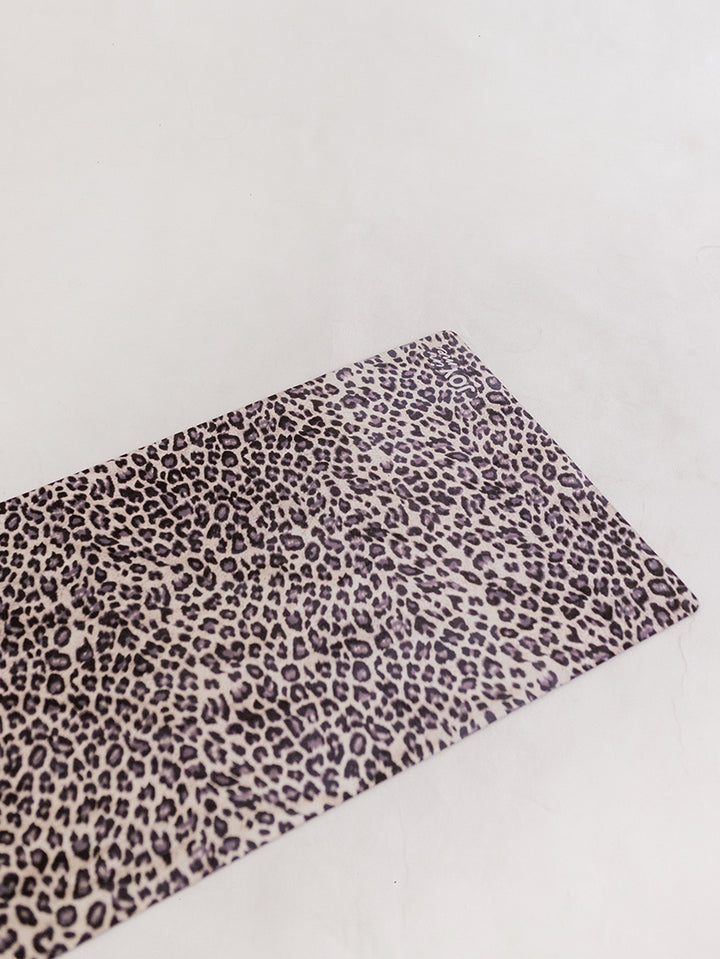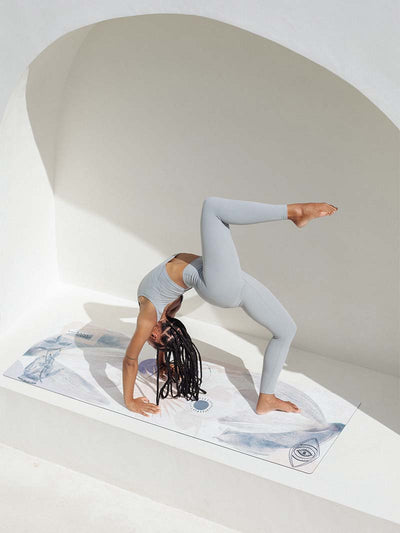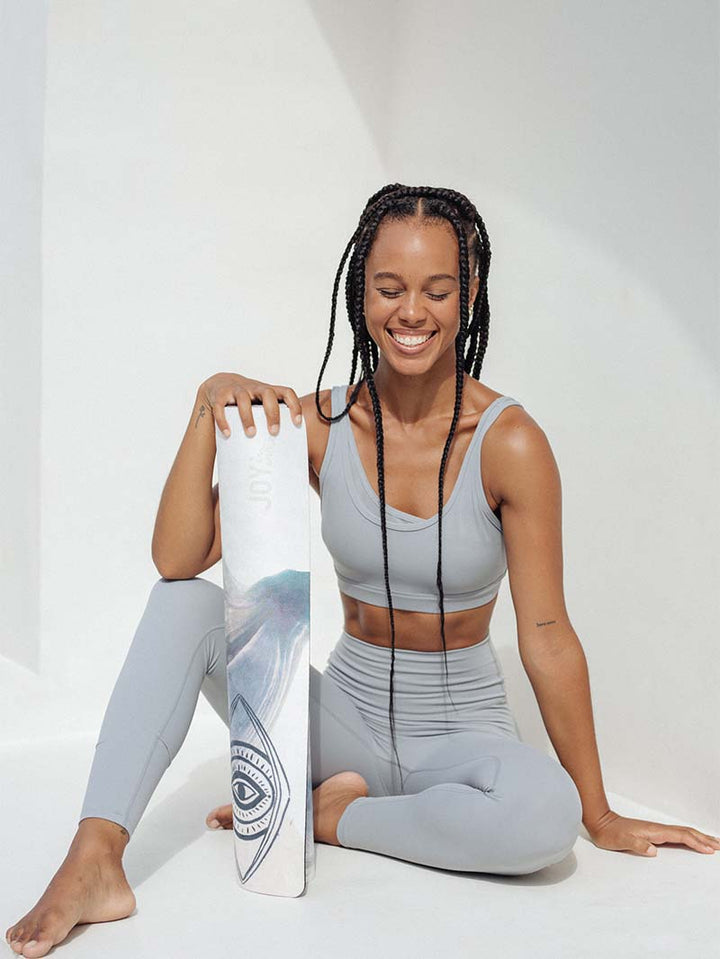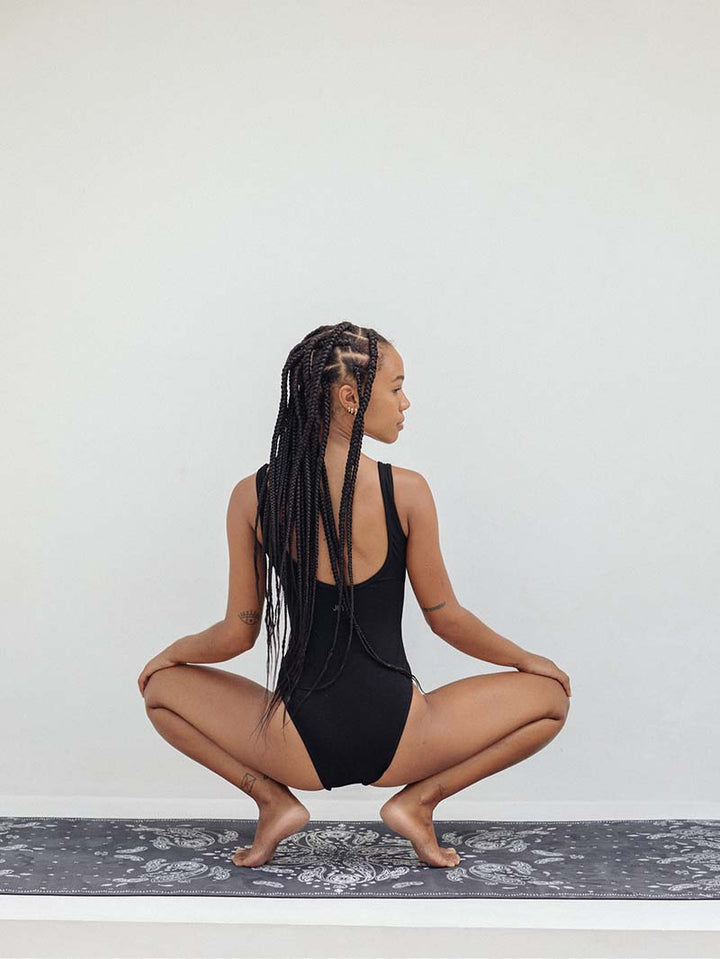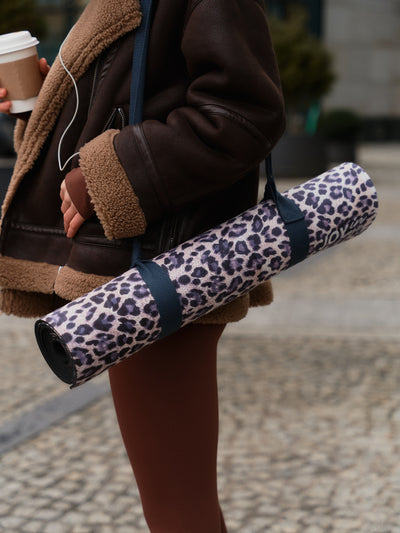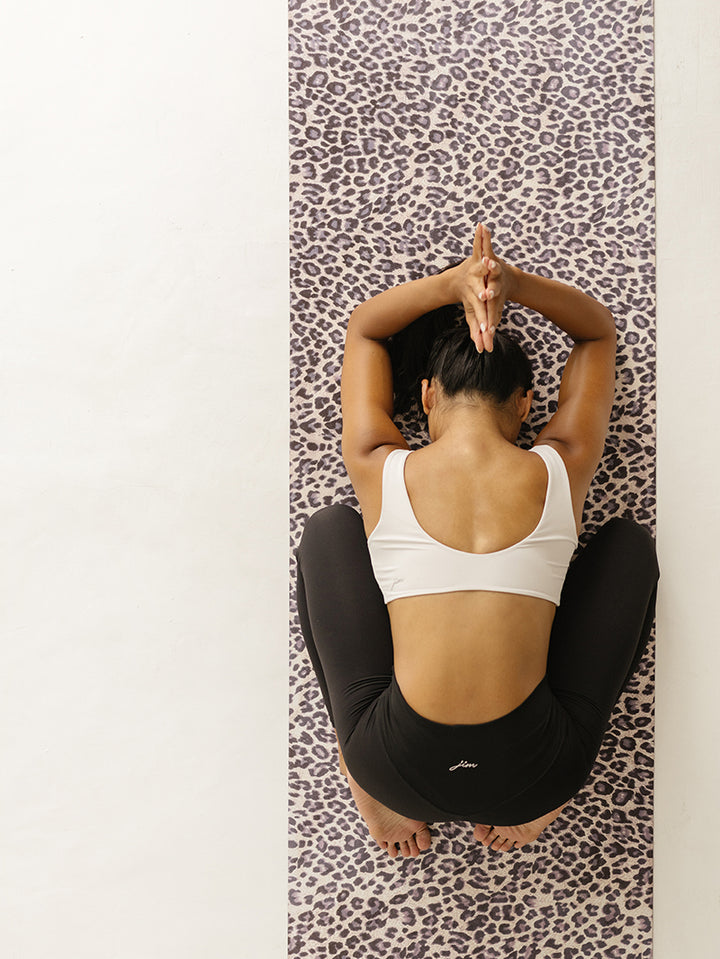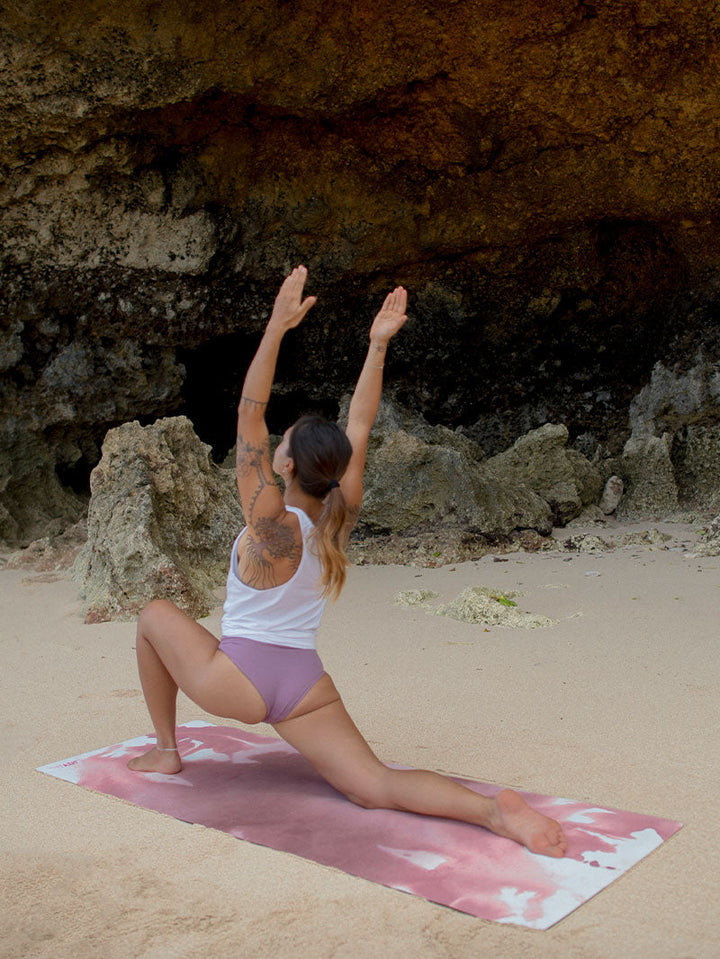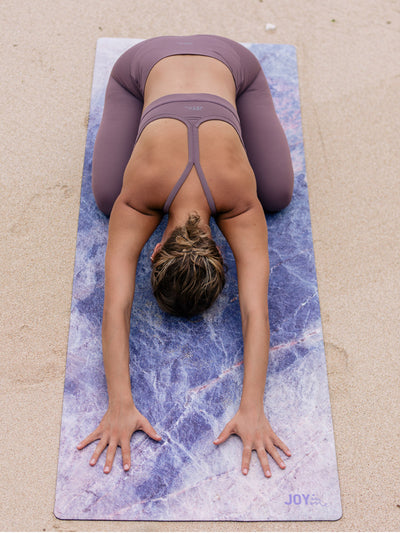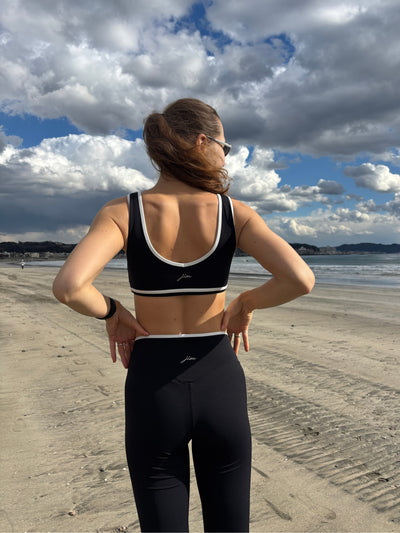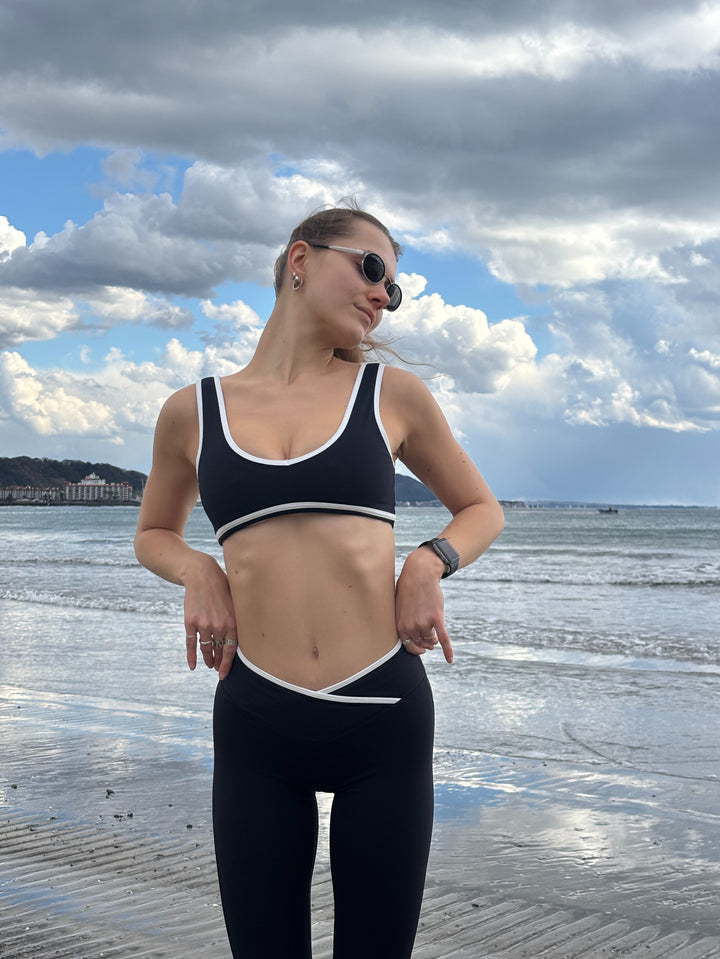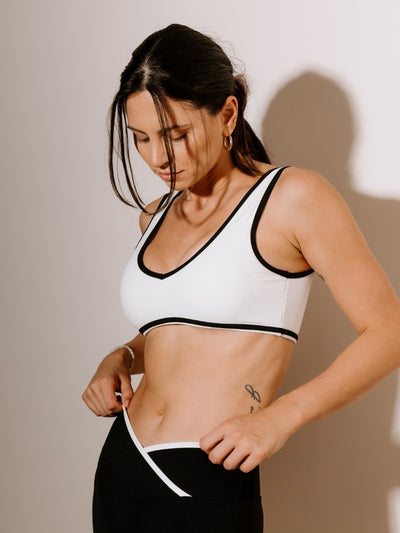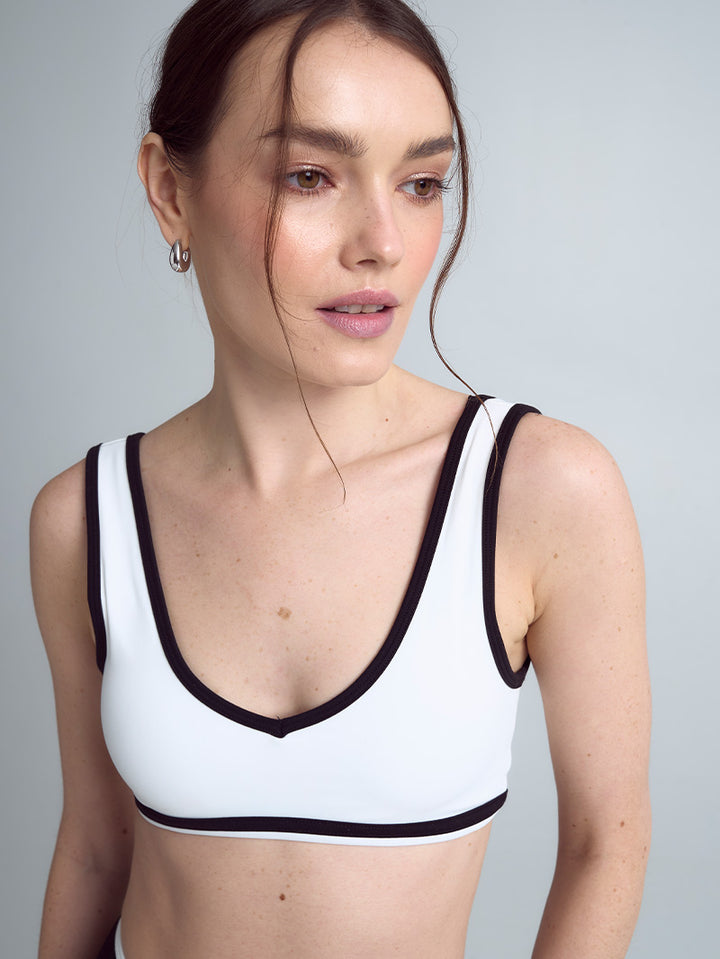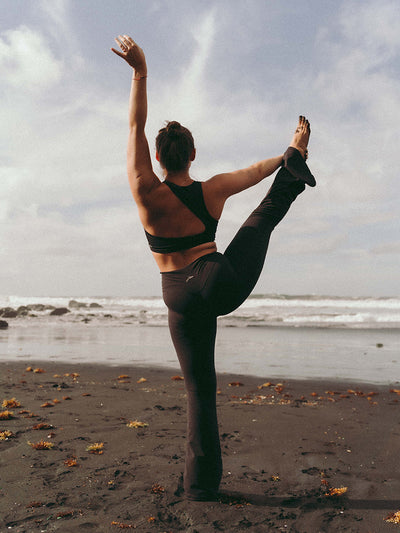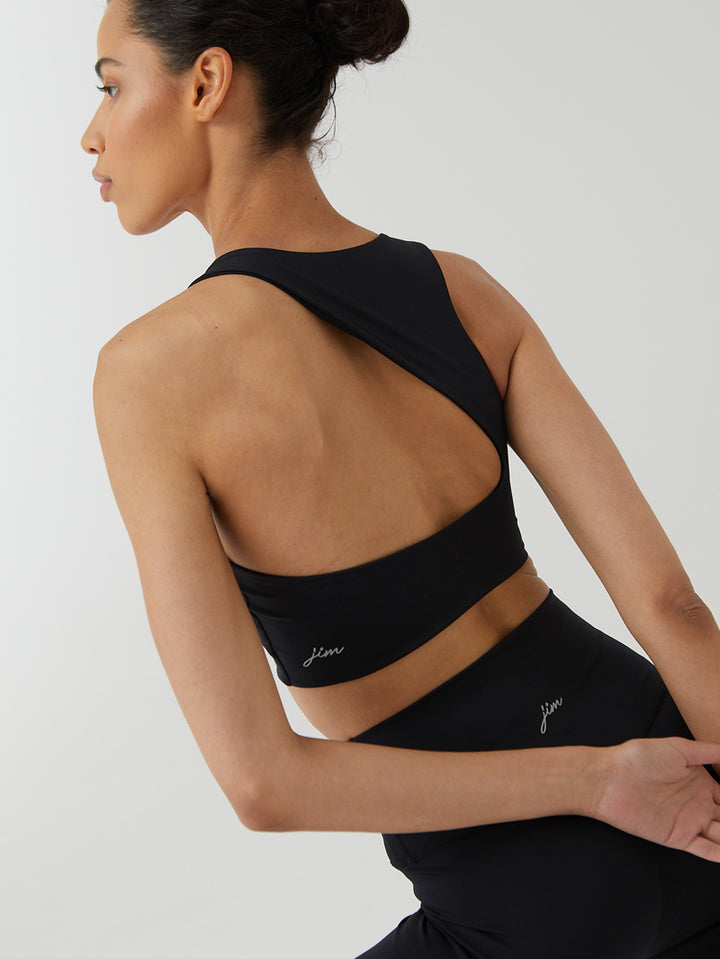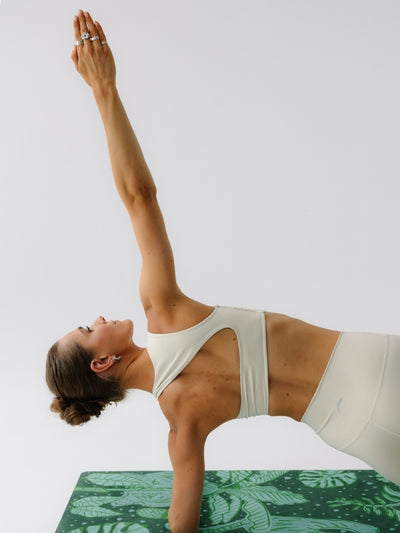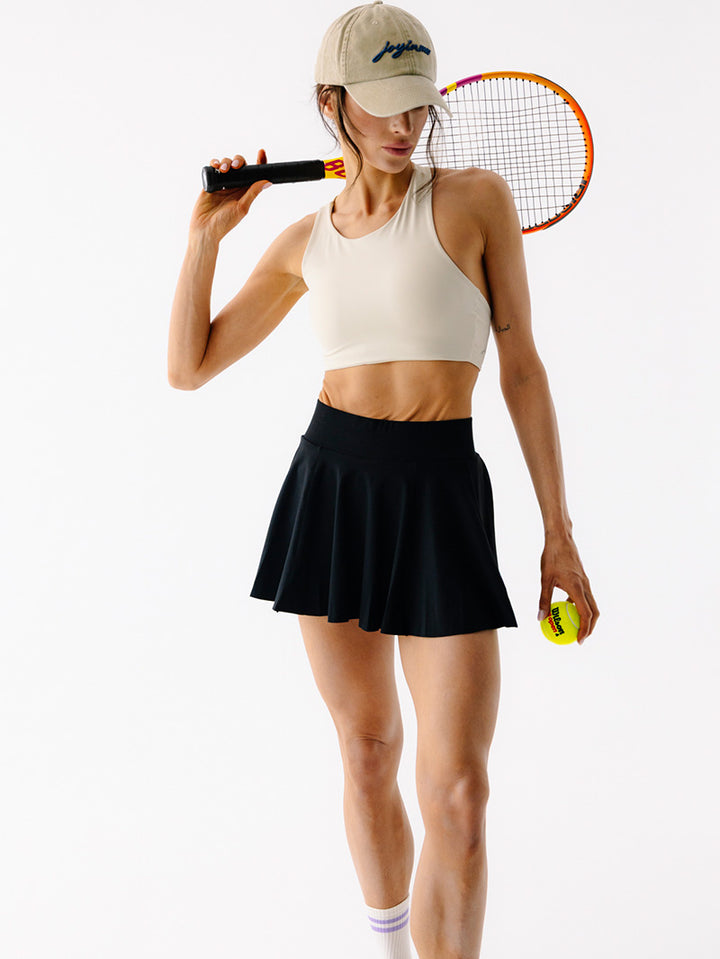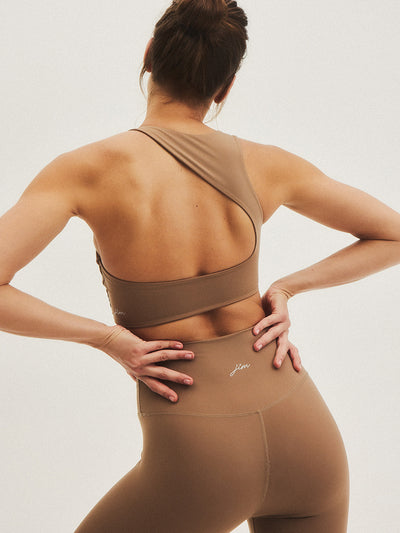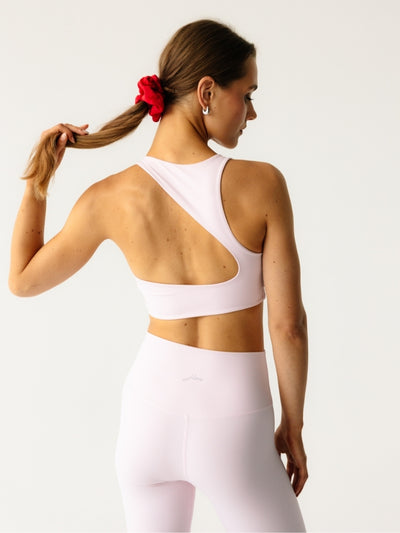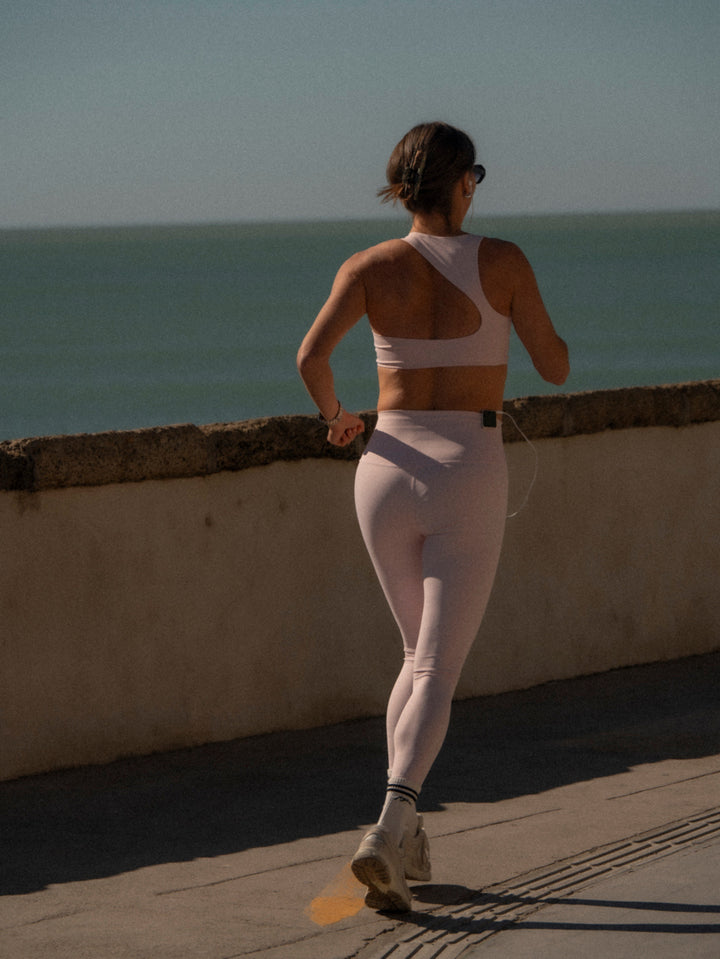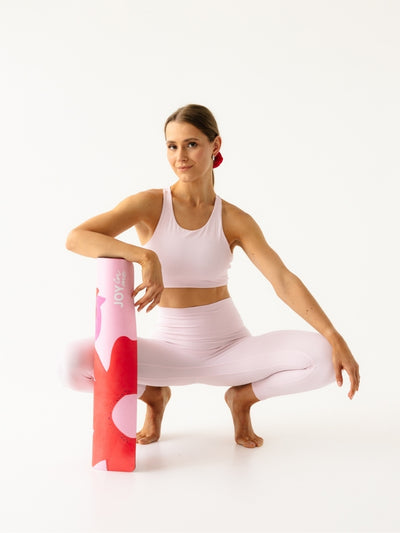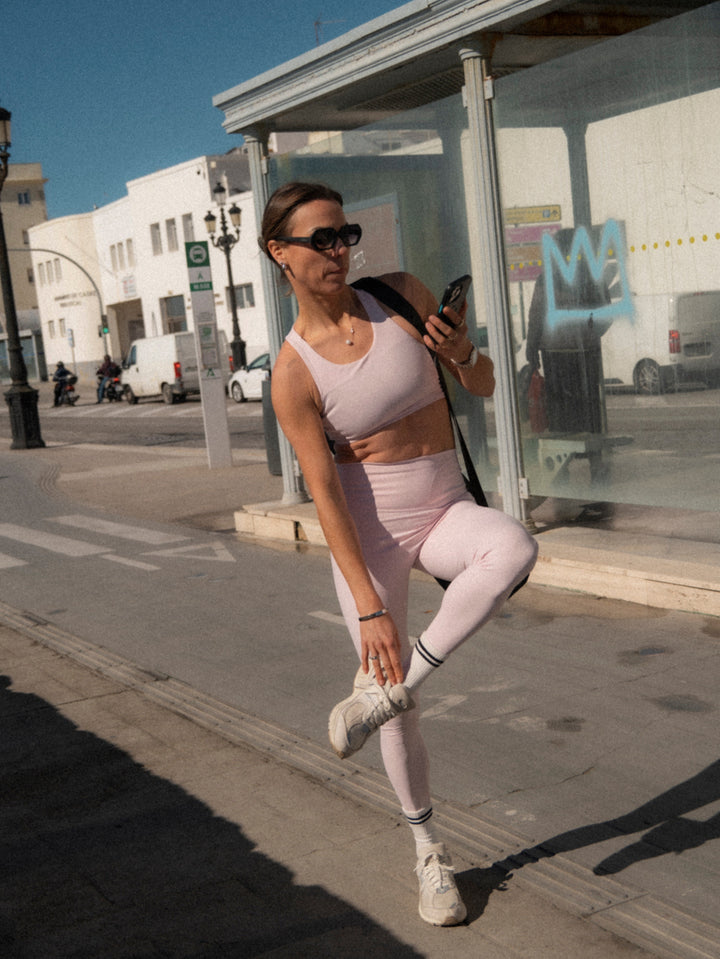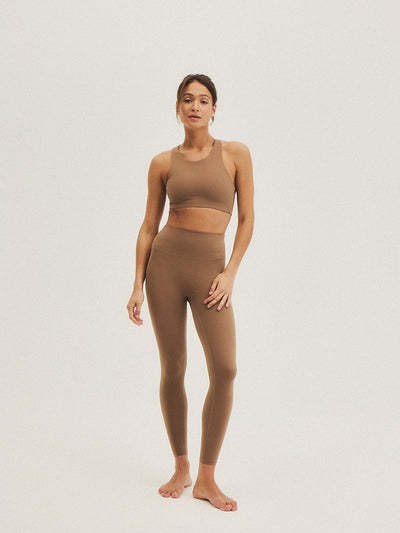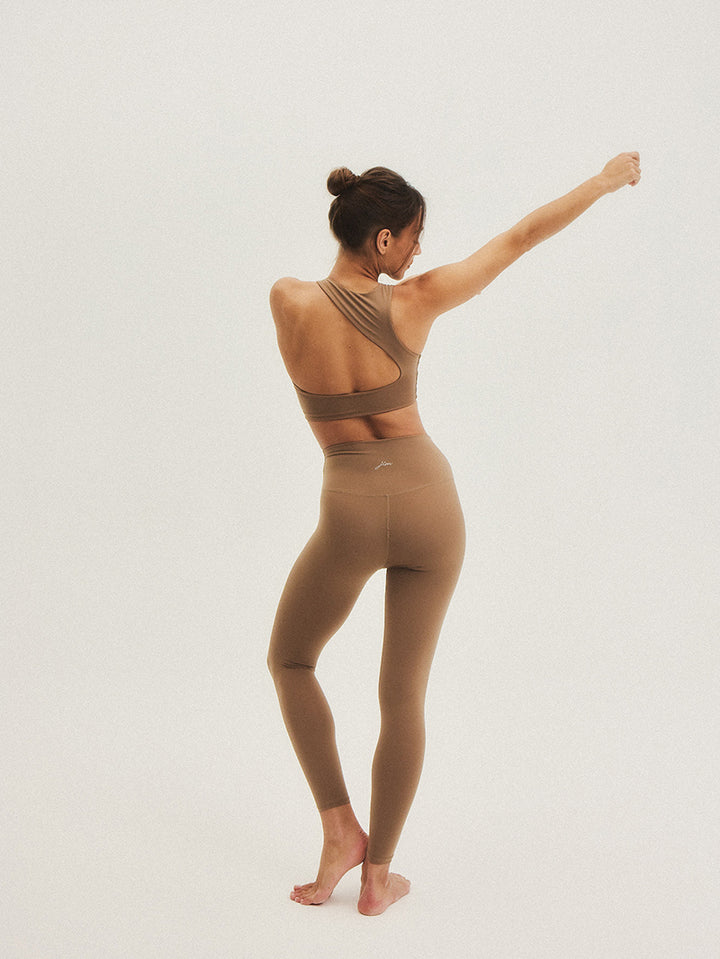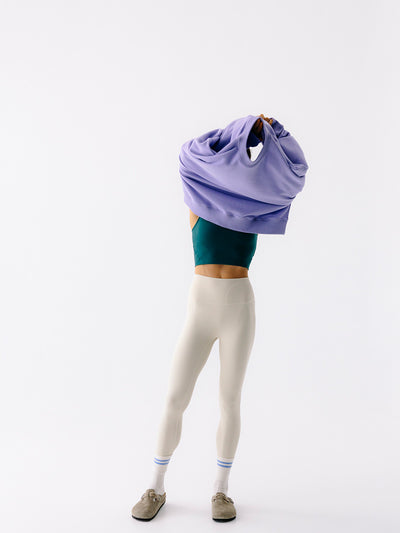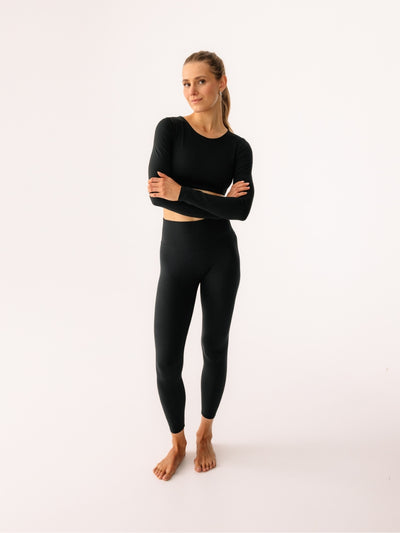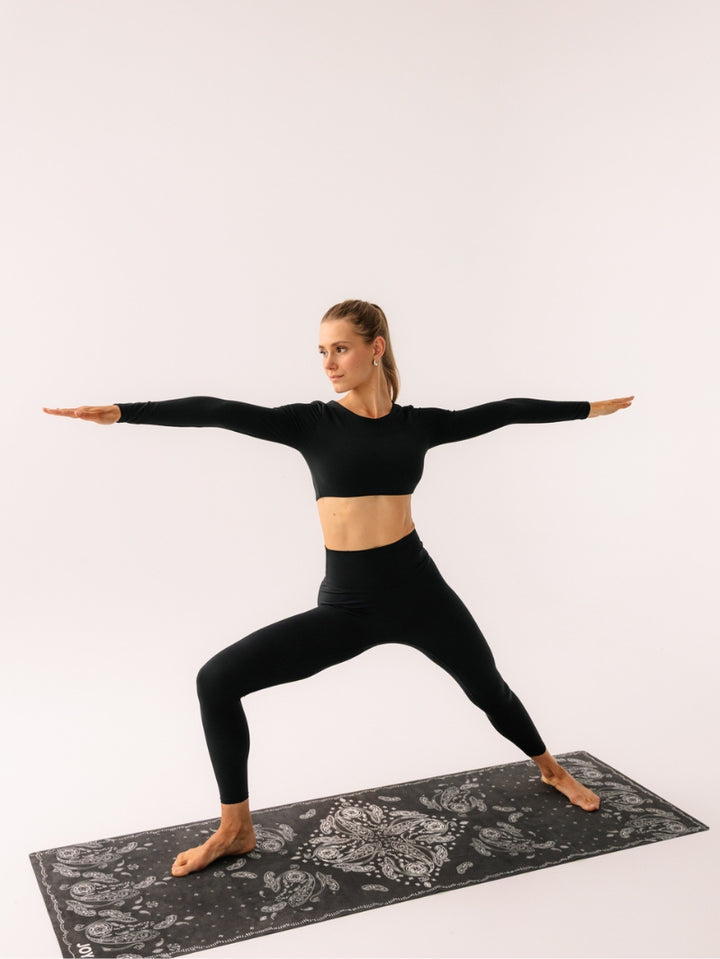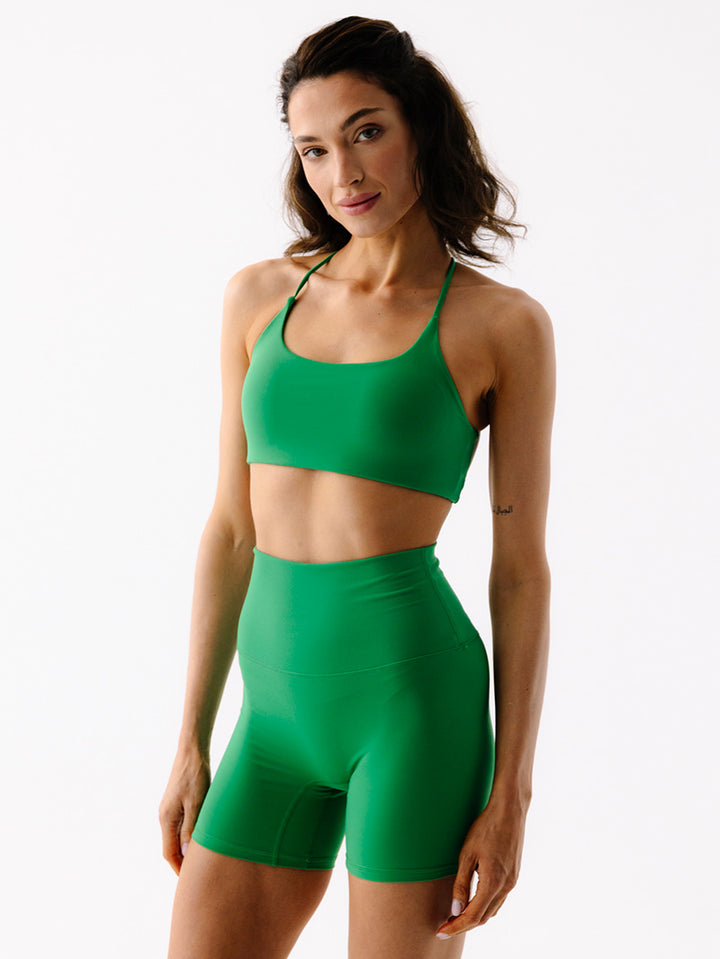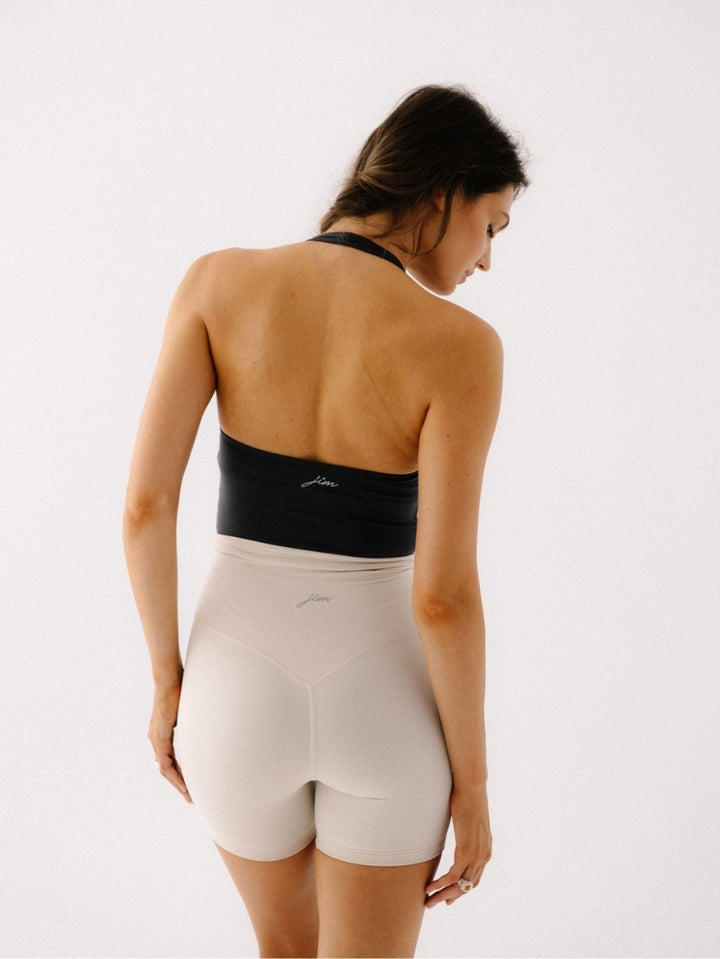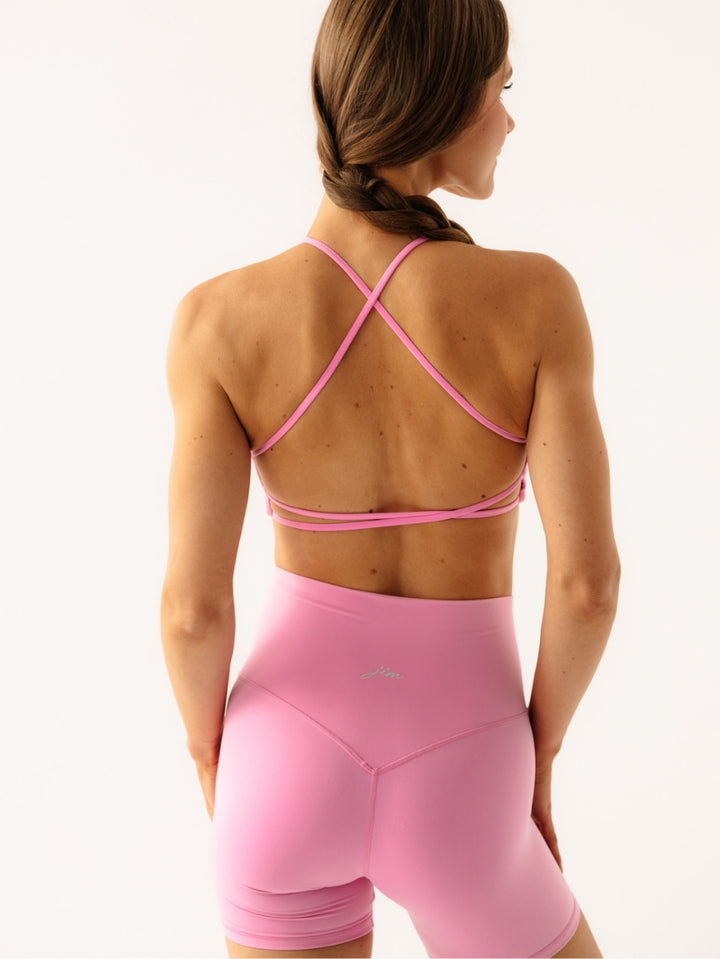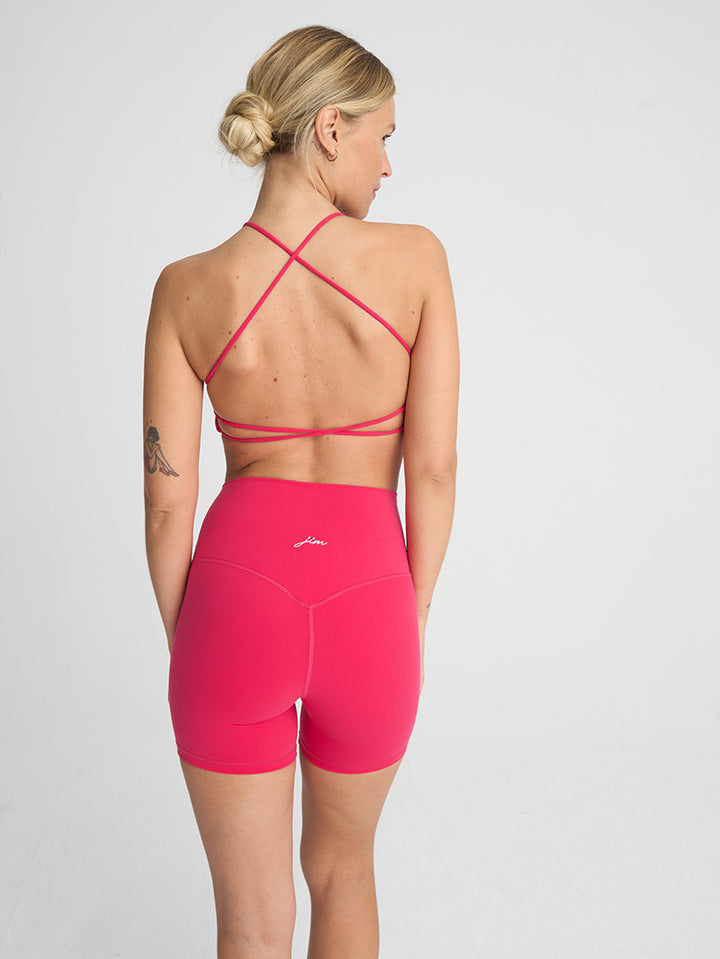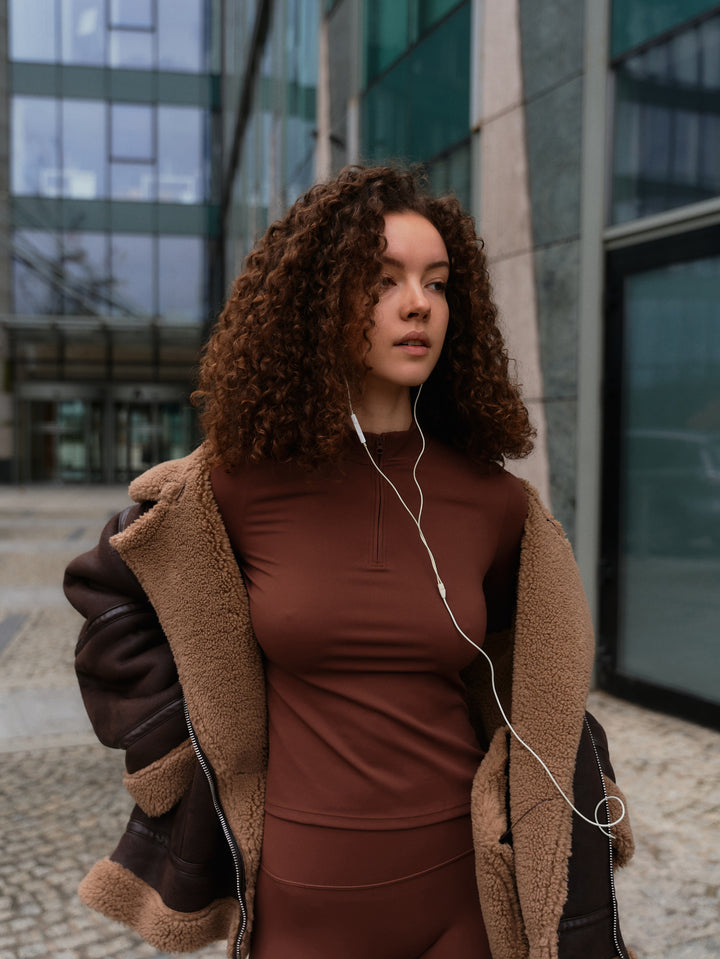Pilates for a flat stomach - the best wall exercises
Many people who want to improve their figure and fitness often don't know how to get started and don't feel comfortable in group classes. Pilates may be the solution. Did you know that you can work on your abdominal muscles in the comfort of your own home? A simple mat is all you need to get started. What does Pilates for abs look like in practice for beginners?
We'll present some valuable tips on individual poses and proper preparation for them. Ensure a safe and effective workout. Discover a set of effective Pilates wall exercises that strengthen your abdominal muscles!
What is wall pilates and why should you try it?
Pilates is a set of exercises created in the early 20th century by Joseph Pilates . At that time, the training was enhanced by the use of special machines designed by the German athlete, such as reformers . Over time, Pilates not only gained popularity but also spawned many other variations. One variation is wall-mounted training, which requires only a comfortable yoga mat and adequate space.
You don't have to be physically fit to start your Pilates journey. Abdominal exercises, as well as those involving other parts of the body, aren't difficult. Adapting your workout to your physical condition shouldn't be a problem. There are so many options available these days – depending on your individual preferences and needs , you can sign up for group classes and develop under the watchful eye of an instructor or practice in the comfort of your home.
However , practicing Pilates at home requires proper preparation and, above all, selecting substantive and valuable materials. The internet, of course, makes finding information easier, but it's worth investing in content created by experts .
Pilates allows for a lot of flexibility and freedom – in total, over 500 different exercises have been developed, which can be further diversified using yoga accessories .
Pilates against the wall – what exercises for a flat stomach?
Wall training can be incredibly versatile. Below are a few sample Pilates exercises for the abdominals :
- Squat – Start from the starting position, standing upright. Leaning against a wall, perform a sit-up motion in the air. Maintain a 90-degree angle at your knees and hips, keeping your back against the wall. Tighten your thighs and glutes, holding this position for about 30 seconds.
- Plank – Set up as for a standard plank, but with your hands resting against a wall. Align your body from head to toe, avoiding lower back drop and limiting hip lift. Try to hold for at least 30 seconds, constantly squeezing your abdominal muscles.
- Leg Raises – Lie on your side with your hips pressed against a wall and your legs straight in front of you. Lift one leg, then the other, squeezing your muscles, and return to the starting position.
The type and intensity of training and the duration of the position depend on many factors , primarily the individual's level of advancement. If your abilities allow, perform individual exercises for longer periods.
How to diversify your Pilates wall workout and increase its effectiveness?
If you're looking to diversify your wall workout, there are many accessories available. A great and versatile solution is choosing free weights or weight plates (for both wrists and ankles) tailored in size and weight to your individual needs.
Higher resistance strengthens muscles more effectively, which translates into more effective workouts. A simple bottle of water will also suffice at the beginning – it's a good way to see if you're comfortable with exercises using supplements before purchasing specialized equipment. However, it's worth starting your workout in Pilates attire that fits your body type .
How to regenerate abdominal muscles after wall training?
After wall training – as with any other intense physical activity – it's crucial to regenerate your muscles, especially your abdominal muscles. It's important to not only stretch properly but also relax . Foam rolling can aid the recovery process, improving circulation . A well-balanced diet, enriched with high protein, supports muscle recovery. Hydration is also essential.
To avoid injury and discouragement from continuing training, which often happens at the beginning, it's important to remember to rest. The body needs time to rest – avoid intensely training the same area every day .
Stay alert to signs of pain and discomfort, and give your muscles enough time to recover. This is the only way to safely work on improving your physical condition and physique.
Pilates for a flat stomach – effects
Pilates abdominal wall exercises also benefit the entire body . Moreover, they're a fantastic complement to other physical activities and sports. A slimmer figure isn't the only benefit! What are the benefits of Pilates abdominal exercises? Results will begin to appear with a systematic approach and commitment.
Regular training:
- allows you to strengthen your deep muscles,
- leads to increased awareness and body fitness,
- improves overall motor coordination,
- firms the skin,
- has a positive effect on the spine and posture.
